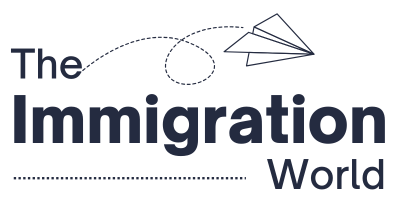Sweden’s latest immigration reform has raised eyebrows across Europe, and for good reason. Starting in 2026, the Swedish government plans to offer permanent residents substantial financial incentives, up to $31,000 per adult, to voluntarily return to their home countries. Officially called the Voluntary Repatriation Assistance Program, this initiative builds upon an older framework that offered much smaller grants, typically no more than SEK 10,000 (about $900) for adults.
Key Takeaways
Inside Sweden’s Repatriation Assistance Program 2026
The enhanced plan marks a dramatic increase, a 35-fold jump in financial support, and represents one of the most generous return-assistance offers in Europe. Swedish authorities have framed the move as a “humanitarian exit option” for residents who no longer feel at home in Sweden or who struggle to integrate into society. The new version of the scheme is scheduled to launch in early 2026, with applications processed by the Swedish Migration Agency (Migrationsverket). While the offer may sound surprising, it fits within Sweden’s recent trend of tightening immigration controls while still maintaining a rights-based approach for those who choose to leave voluntarily.
Start Your Eligibility Check for Sweden’s Exit Scheme
We connect you with trusted immigration experts who simplify the entire process — from paperwork to approval.
Who Can Apply for the $31,000 Repatriation Payment?
Eligibility for this expanded grant is strictly limited. Applicants must already hold permanent residence status in Sweden, particularly those who were granted protection on refugee or humanitarian grounds. This includes individuals recognized as refugees, beneficiaries of subsidiary protection, or those who initially received residence permits for family reunification under those categories.
Also Read: How to Apply for Adelaide University’s 2025–26 Research Scholarships
The scheme does not extend to people whose asylum claims are still pending, those under deportation orders, or residents with temporary permits. To qualify, applicants must commit to leaving Sweden permanently and demonstrate credible plans to resettle in their country of origin or a third country where they have legal residence rights. Once approved, they will be required to surrender their residence permit and deregister from the Swedish social and tax systems.
Interestingly, family applications are encouraged, with collective packages available for parents and children who wish to return together. The upper limit per family is SEK 600,000 (around $53,000), signaling Sweden’s effort to make voluntary departure a financially viable and humane alternative.
How the Application and Payment Process Works
The process for obtaining the repatriation payment will be handled online through the Migrationsverket portal, with support provided in multiple languages. Applicants must first submit an expression of interest, after which they’ll receive instructions to complete a formal application. This includes uploading key documents such as a valid residence permit, proof of identity, travel arrangements, and a signed declaration confirming their intent to leave permanently.

Once submitted, the Swedish Migration Agency reviews the application to ensure eligibility. This review typically takes a few weeks, though additional verification may extend that timeline. If approved, the agency issues a repatriation certificate confirming the applicant’s withdrawal of Swedish residence rights.
The payment is made in two installments: an initial advance to cover travel costs and a final transfer once the individual has confirmed arrival and settlement abroad, usually through an embassy or consulate. This dual-step system helps prevent abuse while ensuring the support reaches genuine returnees.
Government’s Motive: Why Is Sweden Offering This Money?
At first glance, paying people to leave might sound like a cynical policy. But Sweden’s government insists the motive is pragmatic, not punitive. Officials argue that integration challenges, housing shortages, and rising welfare costs have placed pressure on the system, making voluntary return programs a more balanced alternative to forced removals.
Politically, the move aligns with the current center-right coalition’s broader migration strategy, which emphasizes stricter border policies and greater incentives for self-repatriation. Economically, the one-time payout may even save money in the long run by reducing ongoing welfare expenditures. The government also claims it’s a way to give long-term residents “a dignified opportunity to start anew elsewhere,” rather than feeling trapped in a country where they struggle to belong.
Also Read: Apply Now: KPMG’s Fully Funded Global Internship Program for 2026
Critics, however, see it differently. They argue that the high payout signals an ideological shift, an attempt to reduce immigrant populations indirectly, while maintaining the appearance of voluntariness. Some opposition lawmakers have questioned the ethics of using public funds to encourage departures instead of improving integration outcomes.
Public Reactions and Global Debate Around the Policy
The announcement has sparked intense debate within Sweden and beyond. Some Swedish citizens view the policy as a responsible solution, allowing those who wish to leave to do so with dignity. Others see it as a quiet admission of failure, that Sweden’s famed model of social inclusion has reached its limits.
Among migrant communities, reactions are mixed. Some refugees appreciate the option, especially those who’ve struggled to adapt or wish to reunite with family abroad. Others worry it sends a demoralizing message: that their presence is no longer welcome. International observers, meanwhile, have drawn parallels with similar but smaller-scale programs in Denmark, the Netherlands, and Germany, though none approach Sweden’s new payout levels.
Also Read: Fully Funded Math PhD in Berlin: Apply for 2026 at BMS
The global debate centers on a larger question: Is this compassion or quiet deterrence? While supporters call it a realistic approach to migration management, critics warn it could set a precedent for other European countries to adopt “exit-by-incentive” models instead of focusing on long-term integration.
What This Could Mean for Sweden’s Immigration Future
Sweden’s repatriation policy could mark a turning point in its immigration narrative. Once known for its open-door stance, the country is now recalibrating, balancing humanitarian ideals with domestic political realities. If successful, the program may subtly reshape Sweden’s demographic landscape over the next decade, especially among those granted protection after the 2015 refugee crisis.
Also Read: Global Talent Scholarship 2026: Study in London with £5,000 Support
For policymakers, the challenge will be maintaining credibility: ensuring that “voluntary” truly means voluntary, and that the scheme doesn’t morph into a backdoor exit strategy for those feeling pressured to leave. For migrants still hoping to build lives in Sweden, the policy serves as a reminder that the immigration environment is shifting, and that long-term settlement may increasingly depend on full integration into Swedish society.
Globally, Sweden’s approach may prompt other nations to reconsider how they handle residents who wish to return home but lack the resources to do so. Whether this becomes a model of humane repatriation or a symbol of retreat from multiculturalism will depend on how carefully it’s implemented in the years ahead.





